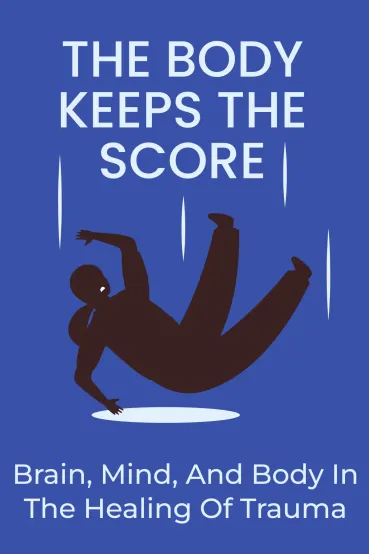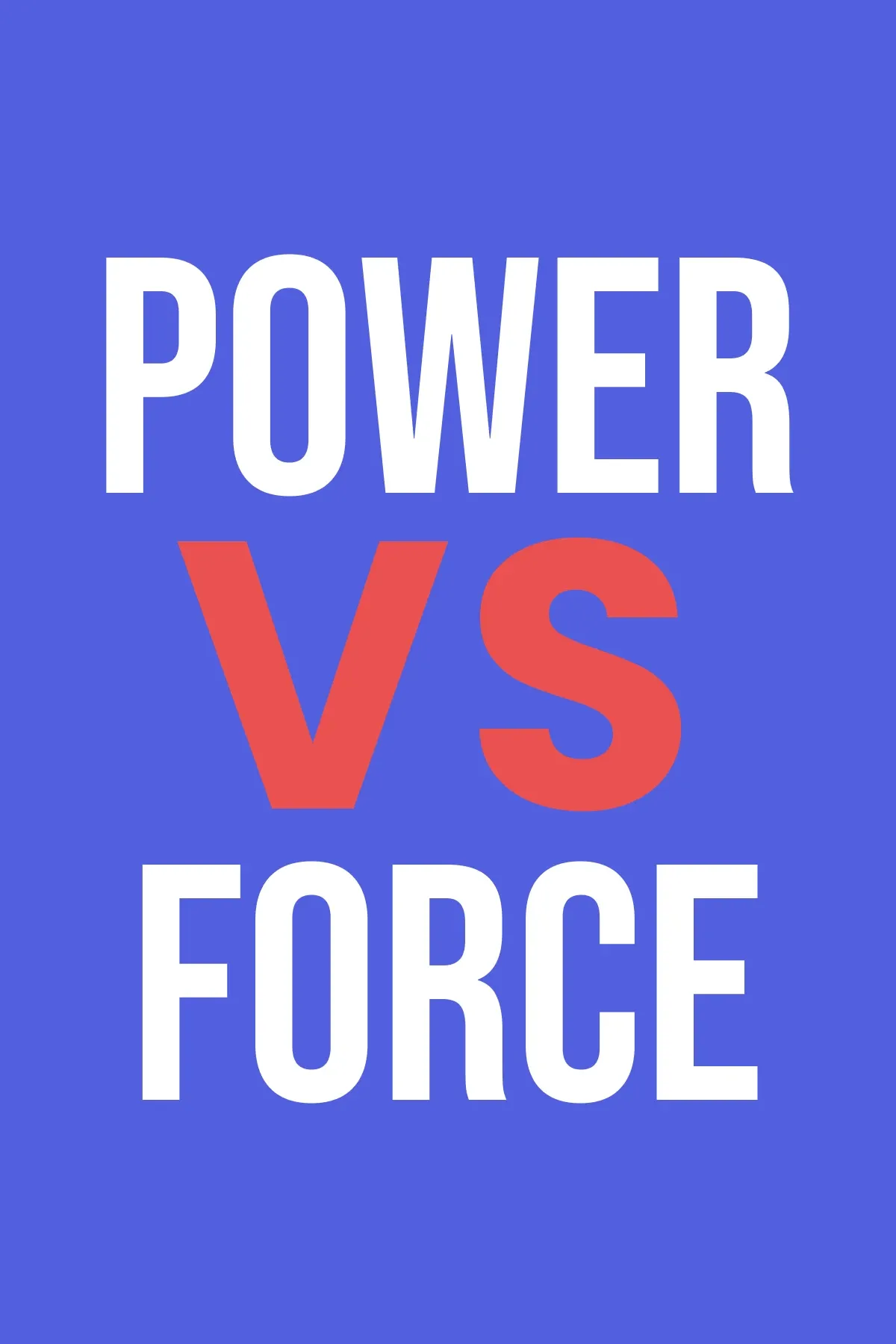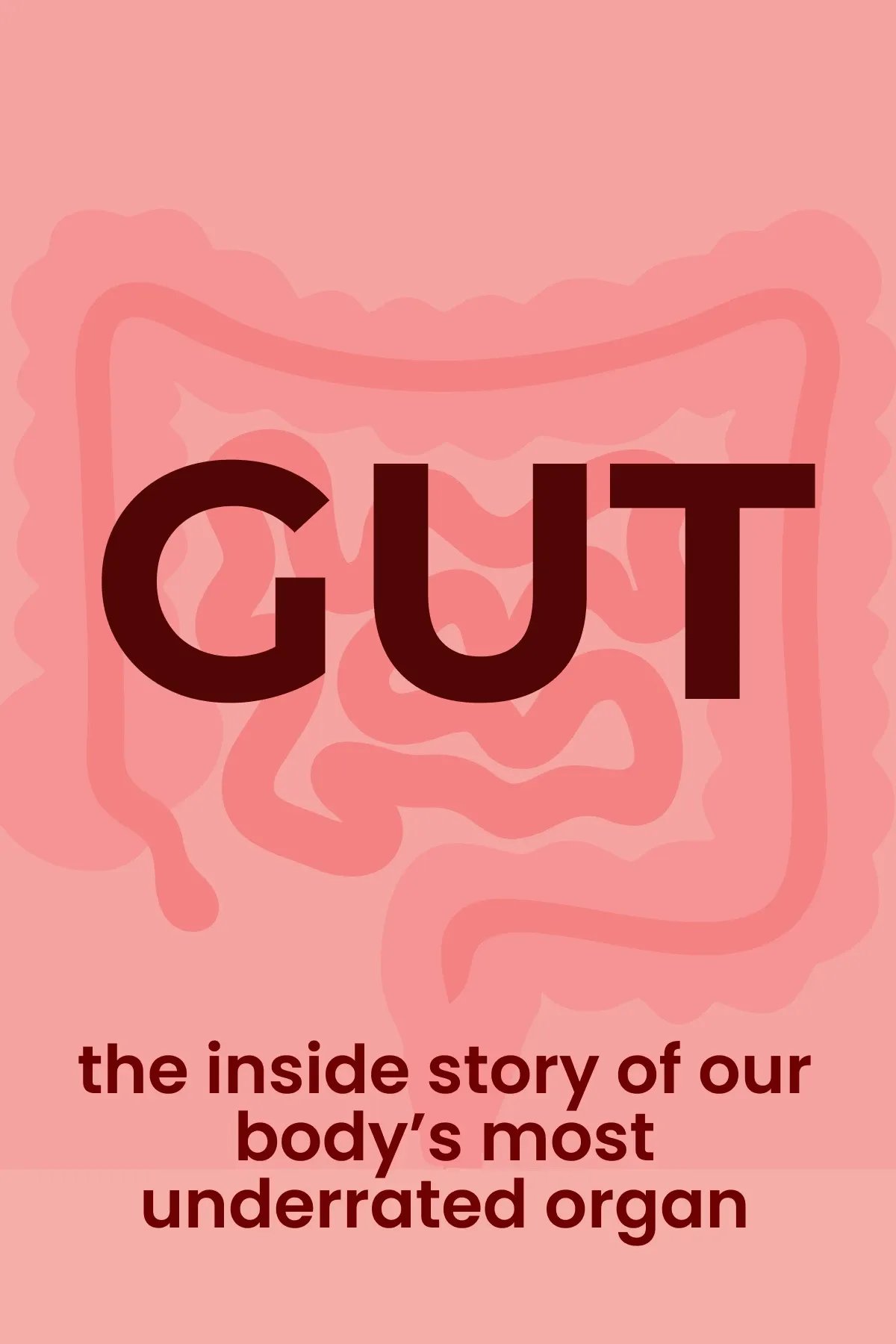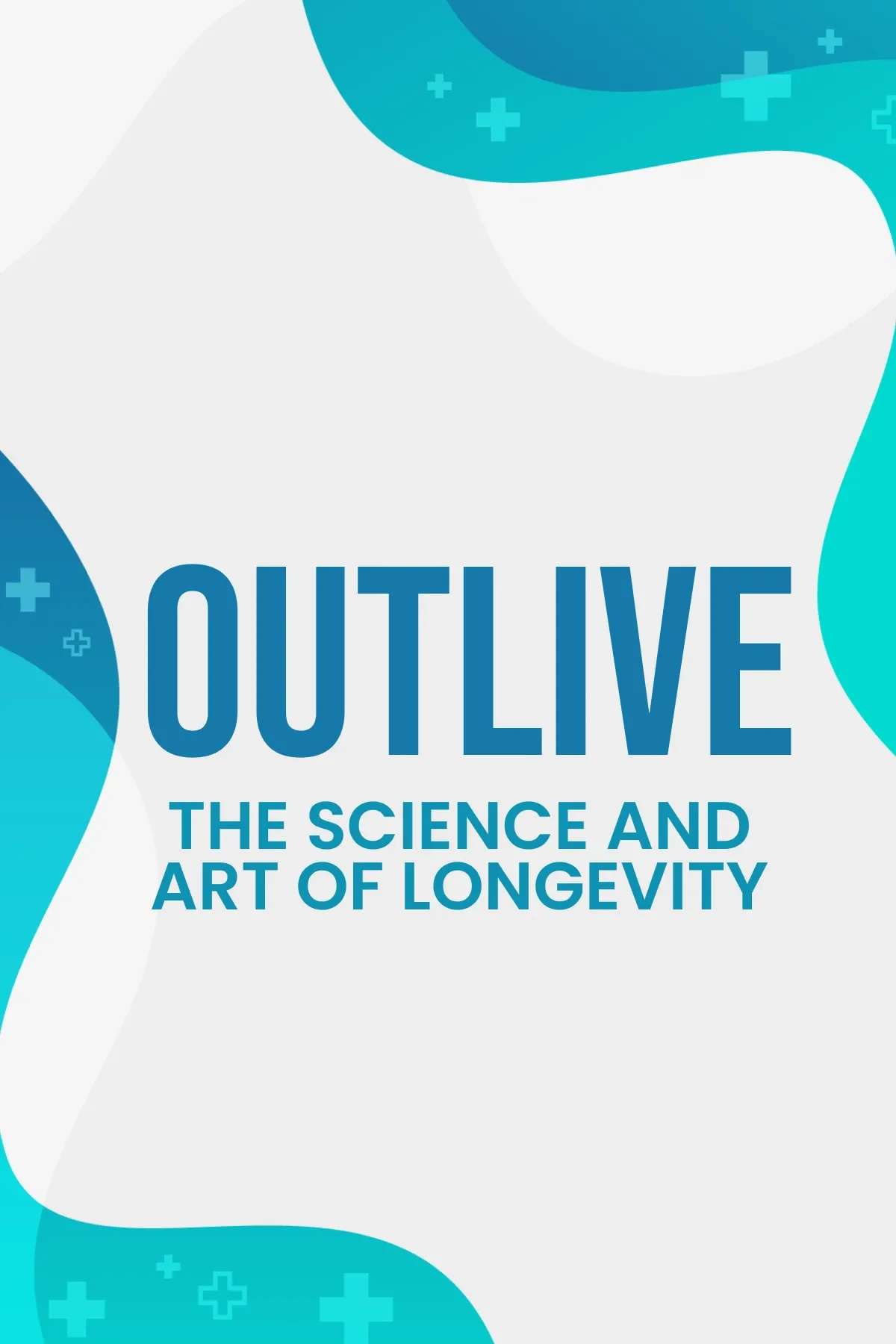
The Body Keeps the Score
Brief Summary
Trauma is not uncommon—many people experience it. So, how can we learn to recover from it? In his work “The Body Keeps the Score”, Bessel van der Kolk suggests looking at the trauma from a different angle and offers a new way of healing.
Topics
Key points
Key idea 1 of 10
When his career was just starting out, Bessel van der Kolk was working at a Veterans Affairs clinic. His patients had participated in the Vietnam War and shared their unusual symptoms with van der Kolk.
Firstly, flashbacks. They could appear at any time completely unexpectedly, forcing the military to relive all the horrors they had witnessed during their service. One of Bessel's patients described how the crying of his child triggered traumatic memories of murdered and maimed children in Vietnam. Combat veterans were also unable to deal with their impulses and experienced aggressive emotional swings.
Other harsh consequences were substance abuse and the search for dangerous activities. After fighting in the Vietnam War, the military usually felt guilty and ashamed for their actions. As a result, they were trying to escape these feelings through alcohol and risky behavior, such as speeding while driving. They were emotionally unavailable, experiencing no love for or engagement with their friends and families.
PTSD, or Post-Traumatic Stress Disorder now is considered a generally accepted mental health diagnosis. Yet, in the 70s, PTSD was an unknown issue. Still, Van der Kolk heard that some militaries were affected by neurosis or concussion. He was frustrated because there were no books about these disorders in the Veterans Affairs clinic's library.
Instead, these mental difficulties were identified as manifestations of substance misuse, depression, or any other disorder. In Bessel's opinion, these diagnoses were of no use at all as they only gave a description of symptoms but paid no attention to trauma, which was the reason for these symptoms.
PTSD finally became an official diagnosis in 1980. Why was making it a diagnosis so essential? It determines that PTSD is a physical brain disorder and not a mark of a soldier's weakness. It also helps to eliminate the proximate cause, rather than only symptoms. For the last three decades, the Department of Veterans Affairs and the US Department of Defense allocated a substantial amount of money for PTSD research.
FAQ
You may also like these summaries











